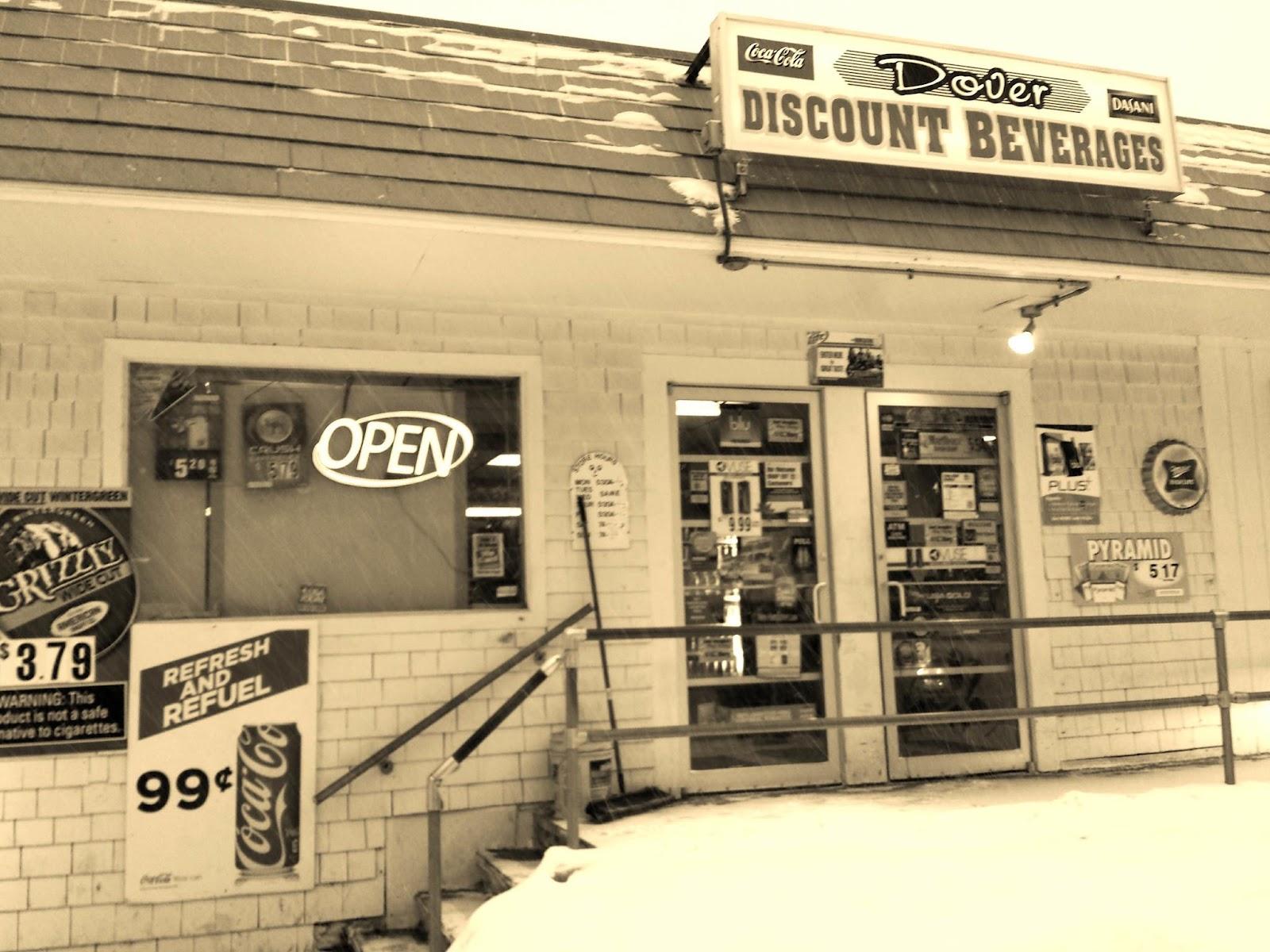10.2 Food Equity and Families
Elizabeth B. Pearce and Amy Huskey
I have the audacity to believe that people everywhere can have three meals a day for their bodies, education and culture for their minds, and dignity, equality and freedom for their spirits.
—Martin Luther King Jr.

Survivalists have a rule of three: you can survive without food for three weeks, without water for three days, without shelter from a harsh environment for three hours, and without air for three minutes (The Survival University, n.d.). If a human goes without any of these resources for a long enough time, death will eventually be the result. It stands to reason that when we talk about American families’ needs, we will talk about all of these. In this chapter, we will look at both food and water.
Obtaining food, water, shelter, sleep, and oxygen to survive consumes a large amount of our time and resources, both directly and indirectly. Think about how much time your family spends working to pay for food. In general, families pay a smaller percentage of their income for food than they did 50 years ago. That’s not because food expenses have decreased but because other costs, primarily shelter and health care, have increased. Now consider your family’s access to water. While we may not think about paying for it as a percentage of our incomes, access to plentiful, clean, safe water is influenced by where we live. The financial resources that are invested into our community infrastructure, which includes sanitation, access to clean water, and adequate sewage disposal, impact our safety and overall health. Where we live matters when it comes to having available and safe water.
Personal finances are only one part of the cost, benefits, and societal dynamics that play into meeting these basic needs. We must pay attention to where food comes from, business and government investment in food production, and the business of food charity. Time is another cost of food; families decide how much time is spent purchasing, preparing, eating, and cleaning up meals (figure 10.1). Turning on a faucet to access clean, toxin-free drinking water requires building, maintaining, and monitoring water and sanitation systems, and this comes at a cost that not all municipalities can afford. While the federal government has invested in water infrastructure, there is not an ongoing commitment, so these needs must be balanced with competing needs such as schools, parks, police, and libraries. There are variations and influences on how food and water needs are met, but ultimately, they must be met in some way.
Equitable Access
What causes some families to be hungry, or the more technical term, food insecure? We acknowledge that food insecurity is a symptom of another social problem: poverty. First, let’s look at some of the systems that affect food availability in the United States.
Equitable access to food is hampered by governmental systems that focus on subsidizing specific farm crops. Federal government subsidies help farmers reduce their risk due to weather, commodities brokers, economic downturns, and changes in demand. There are only five crops that receive these major government subsidies: corn, soybeans, wheat, cotton, and rice. Producers of fruit, vegetables, and meat only benefit from crop insurance and disaster relief (Amadeo, 2020). Farm subsidies have increased dramatically in the last four years, totaling $28 billion for a two-year period (2018 to 2020, not including the additional COVID-19 payments authorized in spring 2020) (Charles, 2019). This incentivizes the production of certain crops in the United States and provides stability for the families involved in producing those crops.
It is more complicated to measure the effects of these subsidies on consumers. We know that these subsidized food crops (corn, soybeans, wheat, and rice) are more easily stored and used in processed foods, which nutritionists advise should be eaten in the smallest amounts. Crops in their raw forms, such as fruits, vegetables, legumes, meat, and dairy products, provide more health benefits but are not subsidized consistently by the government (figure 10.2). Here, we may deduce that governmental subsidies for less healthy crops contribute to food availability and cost, affecting food purchases. Lower-income families and those living in food deserts are most affected.

Another challenge to food accessibility is the societal approach that focuses on governmental programs (such as the Supplemental Nutrition Assistance Program [SNAP]) and charity, which in itself has become a business. Grocery stores and other businesses are provided with tax benefits when they overproduce food and donate it to food banks. Andy Fisher, the author of Big Hunger, describes hearing from grocery store owners who acknowledge the overproduction of sheet cakes, birthday cakes, pastries, and other baked goods. Consumers do not wish to purchase the last cake on the shelf, and so stores overproduce these items. When they are no longer considered fresh, they are donated to food banks. This is one of the reasons that about 25% of the donations that food banks give away consist of food that is categorized as unhealthy (Hemmelgarn, 2013). Listen to Fisher describe the complexities of this cycle in this podcast, where he discusses charitable giving, hunger, and poverty.
Not only is the overproduction of food supported by tax deductions, but food banks themselves have also become multimillion dollar businesses. Food banks serve a charitable purpose that meets an immediate and important need. At the same time, if the real problem—poverty—were addressed, people could have the dignity of providing and choosing the food that is best for their own family.
Poverty affects Americans of every racial-ethnic group, including those descended from European immigrants, but continues to affect the previously mentioned groups (Native Americans, Black or African Americans, and people descended from Latin America and some Asian countries) in disproportionately larger numbers (U.S. Census Bureau, 2013). The United States is an individualistic country, and people are sometimes blamed for being poor. This makes the problem of hunger more approachable than the problem of poverty. It is encouraging to note, however, that Americans increasingly understand that poverty stems not from personal shortcomings but from differentiation in circumstance and opportunity. Pew Center survey results released in March 2020 note that almost two-thirds of American adults say that people who are rich have experienced more advantages than those who are poor; only one-third say that it is because rich people have worked harder. These viewpoints are unevenly related to political affiliation and age, with Democrats and younger people more likely to hold the majority view (Pew Research Center, 2020). If more people view poverty as a social problem than a personal problem, it is more likely to be solved with a systemic solution.
Food Deserts
Food deserts are geographic locations where there is not a variety of healthy food readily available (within a mile in urban environments or within 10 to 20 miles in a rural area). Food deserts occur nationally, with a greater concentration of food deserts in the Midwest and southern states.
Think about the community that you live in. Where are the grocery stores? Convenience stores don’t count because they do not typically have fresh fruits and vegetables (figure 10.3), although they do sell other items that are food stamp eligible. Are the stores evenly spaced out amongst the neighborhoods? Probably not, and typically the scarcity of stores is in lower-income neighborhoods. The same parts of Portland, Oregon that are identified as redlined neighborhoods in Chapter 8 are also food deserts. The Oregon State University student newspaper, The Daily Barometer, wrote about food deserts in Corvallis, Oregon, in 2019, pointing out that the majority of grocery stores in Corvallis are clustered around 9th Street and Walnut Boulevard (Shelby, 2019). Two of the four stores that are more distantly spaced are among the healthiest, emphasizing organic produce and natural foods, but are also the most expensive.

What if there were federal funding to support equitable distribution of grocery stores that had a full selection of healthy foods? In the same way that federal subsidies protect farmers of selected crops from economic problems, they could protect grocery businesses and create greater equity for many consumers.
Are you interested in learning whether you live in a food desert? If so, complete this activity: Do You Live in a Food Desert? In the “Going Deeper” section.
Comprehension Self Check
Licenses and Attributions for Food Equity and Families
Open Content, Original
“Equitable Access” and “Food Deserts” by Elizabeth B. Pearce. License: CC BY 4.0.
Figure 10.2. “Kitchen Remodel: 1927 Mission Revival Bungalow” by jlt. License: CC BY-NC-SA 2.0.
Figure 10.3. “Food Desert Challenge: Day 1” by Mark Bonica. License: CC BY 2.0.
Open Content, Shared Previously
“Food Equity and Families” is adapted by Amy Huskey from Human Nutrition by Marie Kainoa Fialkowski Revilla, Alan Titchenal, Allison Calabrese, Cheryl Gibby, and William Meinke. License: CC BY 4.0. Adaptations: edited for brevity; updated; addition of images.
References
Amadeo, K. (2020, June 29). Farm subsidies with pros, cons, and impact. The Balance. https://www.thebalance.com/farm-subsidies-4173885
Charles, D. (2019, December 31). Farmers got billions from taxpayers in 2019, and hardly anyone objected. NPR.
Hemmelgarn, M. (2013, January 3). Andy Fisher interview [Audio podcast episode]. In Food Sleuth Radio. https://exchange.prx.org/pieces/90347-food-sleuth-radio-andy-fisher-interview
Pew Research Center. (2020, March 2). Most Americans point to circumstances, not work ethic, to explain why people are rich or poor. https://www.pewresearch.org/politics/2020/03/02/most-americans-point-to-circumstances-not-work-ethic-as-reasons-people-are-rich-or-poor/
Shelby, V. (2019, February 25). Corvallis food deserts make finding nutritious, affordable meals difficult. Daily Barometer. http://www.orangemedianetwork.com/daily_barometer/corvallis-food-deserts-make-finding-nutritious-affordable-meals-difficult/article_e28ad688-38b0-11e9-a269-8b7ab733184f.html
The Survival University. (n.d.). Rule of Three. Retrieved December 18, 2023, from https://thesurvivaluniversity.com/survival-tips/wilderness-survival-tips/general-survival-tips/rule-of-three/
U.S. Census Bureau (2013, February). Poverty Rates for Selected Detailed Race & Hispanic Groups by State and Place: 2007-2011. https://www.census.gov/library/publications/2013/acs/acsbr11-17.html
the state of complete physical, mental, and social well-being and not merely the absence of disease or infirmity.
conditions relating to public health, especially the provision of clean drinking water and adequate sewage disposal.
low or very low access to food of reduced quality, variety, or desirability of diet (may or may not show patterns of disrupted eating).
a large issue that affects many people, can threaten the health and well-being of society, is recognized as a problem by many, includes multiple causes and effects, and needs a systemic solution.
can include the aim, goal, or intention of an action; a long-term guiding principle; the impact our life has on the world.
a subgroup of a population with a set of shared social, cultural, and historical experiences; relatively distinctive beliefs, values, and behaviors; and some sense of identity of belonging to the subgroup.
a population census that takes place every 10 years and is legally mandated by the U.S. Constitution.
a method by which sociologists gather their data by asking questions.
the developmental changes and transitions that come with being a child, adolescent, or adult.
a systematic investigation into a particular topic, examining materials, sources, and/or behaviors.
ensuring that people have what they need in order to have a healthy, successful life that is equal to others. Different from equality in that some may receive more help than others in order to be at the same level of success.
geographic locations where there is very limited or no access to affordable and nutritious foods.
the categorization of humans using observable physical or biological criteria, such as skin color, hair color or texture, facial features, etc.

